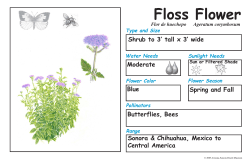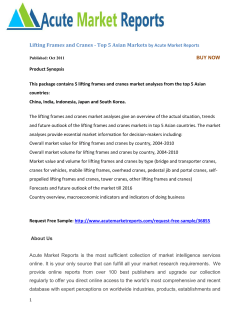
Thousand Cranes
Thousand Cranes Yasunari Kawabata Author information Born in Osaka, Japan in 1899. Lost whole family by age 16. First published at age 26 (Diary of a Sixteen Year-Old) Wrote over 100 short stories, or tanagokoro no shoetsu (palmof-the-hand stories) Thousand Cranes published in 1949 in Japan and in 1958 in America Won Nobel Prize in Literature in 1968 Died in 1972 Themes in his works Sense of loneliness Thoughts of death Focus on human relationships Examination of nature Thoughts on change and loss Lonely and alienated individuals seeking comfort in unlikely relationships Clashing cultures Motifs in the novel Thousand Cranes scarf Flower arrangements and vases Fireflies Tea ceremony Tea bowls Colors Flowers (a motif is a repeated image) Nature in the novel Nature is beautiful and harmonious, with order and rules—and a seemingly ethical or moral dimension. The symbolic beauty of nature is the predominant subject of Japanese art and literature. Continued . . . Humankind exists within the order of nature. Japanese people wish to be at one with nature. This oneness is accomplished through works of beauty Flower meanings Morning glory – mortality – shortness of life – beauty, a joy to be remembered Chrysanthemum – – – – flower of autumn symbol of longevity optimism, strength, courage coat of arms of Japan More flowers . . . Peony – Flower of 20 days – Prosperity, happiness Cherry blossom – National flower of Japan – Loyalty and filial love Japanese Irises – Heroism, flower of boys, heraldry and royalty White Roses – Innocence, silence, devotion More Flowers … Carnations – Fascination, distinction, love Oleander – Hope and peace – Flower of Hiroshima More flowers . . . Iris – Strength, vitality, boldness – Power, eloquence, heroism Azalea – Family devotion Pomegranate – Fertility – Progeny Fireflies Symbol of light and inspiration Symbol of the soul and ghosts of the dead, especially warriors A little about the book Thousand Cranes is an examination of human relationships—a young man named Kikuji becomes involved with two mistresses of his dead father—and with the daughter of one of them. The Japanese ritual of the tea ceremony is woven throughout the text. Structure of novel Spans only a few weeks in the life of Kikuji Episodic--focuses on very specific moments with incredible detail Uses intense, vivid description Uses terse and concise language--every description holds value Each sentence, a moment Pronunciation Key Kuri|moto | | chestnut root/ tree origin Ota | big rice field Chika|ko | | close child Mi|kato | beauty Kikuji | -Chrysanthemum -Symbol of Japan -Symbol of beauty -Ground/surface Fumi|ko | | fragrance child Yuki|ko | | snow child Characters Kikuji Mitani – Long term affair with Kikuji’s father – Young business man Chikako Kurimoto – Tea mistress, – Matchmaker, – Brief affair with Kikuji’s father Mrs. Ota Fumiko Ota – Daugter of Mrs. Ota Yukiko Inamura – Thousand Cranes girl Engakuji Temple “Even when he reached Kamakura and the Engakuji Temple, Kikuji did not know whether or not he would go to the tea ceremony.”
© Copyright 2025





















